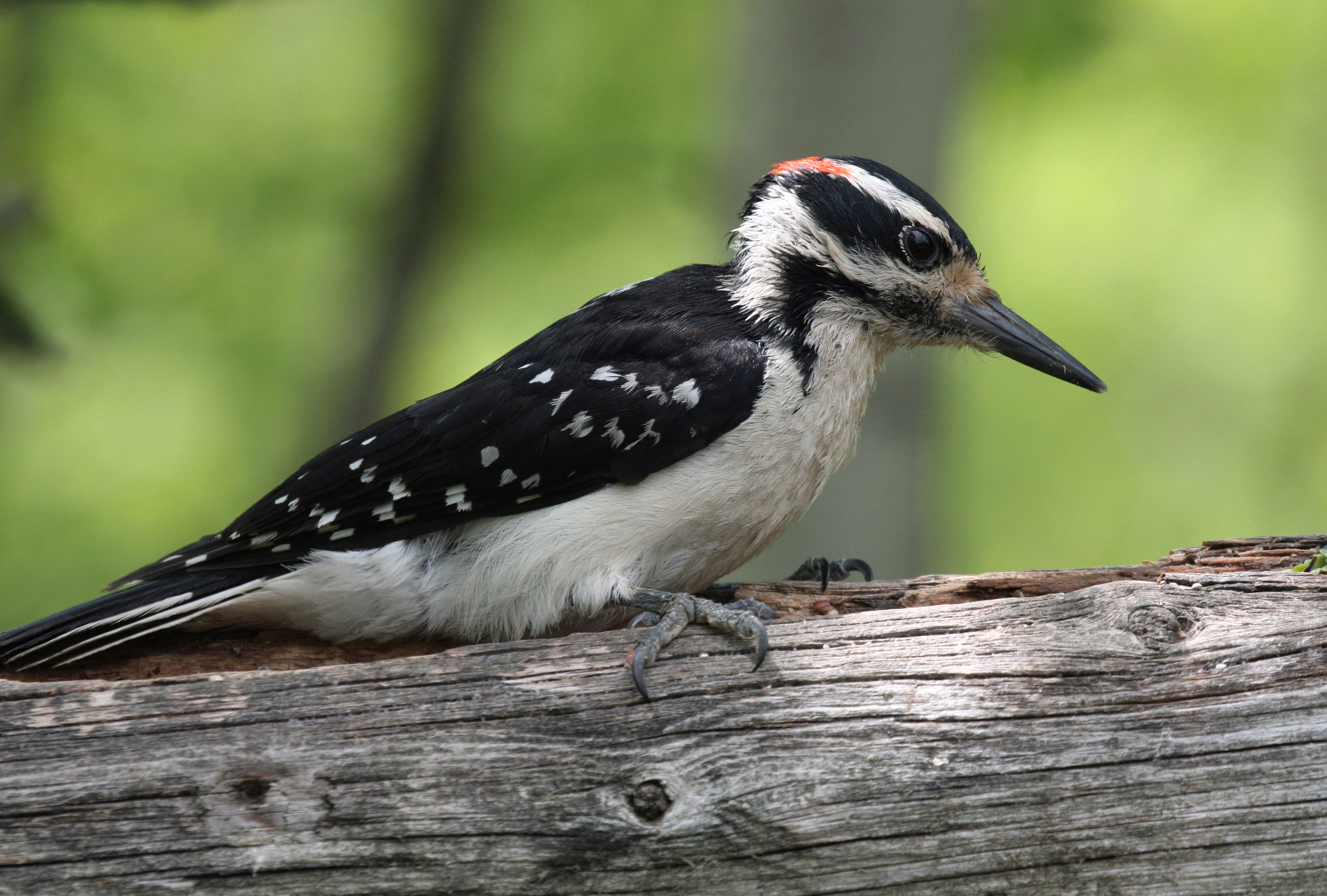Posted by Dan Arndt
Last week’s walk took us to Shannon Terrace in search of a Mountain Chickadee that had been seen there the week prior. The main trail between Bebo Grove and Shannon Terrace was washed out in the floods last summer, and so instead of doing the usual route walking between the two areas of the park and back again, we explored a few trails that are part of the Fish Creek Provincial Park Single Track bike way, much of which I haven’t explored by foot or by bike.
One of the most shocking things this time around was just how docile and downright tame the Boreal Chickadees were. Feeding from the tree stump feeding trays, from our hands a number of times, and flying out into the open. It may have had something to do with the temperatures being well above zero that kept them so actively feeding!
Aside from that though, things were about as one would expect on the west side of Fish Creek Park. We ran into a pair of Brown Creepers on one stretch of single-track but unfortunately I wasn’t able to snap any usable images of them. Moments later, we were nearly run into by some cyclists getting some of the intended use out of the single track, bombing down on us at full tilt. Can’t really blame them though. These particular trails were built for them!
We crossed the bridge and found a couple of Red Squirrels feeding on the left over seeds at one feeding station, and this particular fellow decided to pose nicely for us. Along this loop of trail we found a few more Boreal Chickadees, a few more Black-capped Chickadees, and not much else.
It wasn’t until we nearly reached the end of our walk when we had another flurry of activity nearby. A few Red-breasted Nuthatches were actively feeding on another feeding station log, while this male Downy Woodpecker tapped away on some nearby aspen.
At the western extent of our walk, just before turning back to head to the parking lot, a small flock of 75 Bohemian Waxwings flew by, chirping, cooing and calling in the air above us, giving us some of the better views our particular group has had of them so far this year!
Next week: Pearce Estate Park and Prince’s Island Park, just outside of Calgary’s downtown core. Stay tuned, and good birding!









































